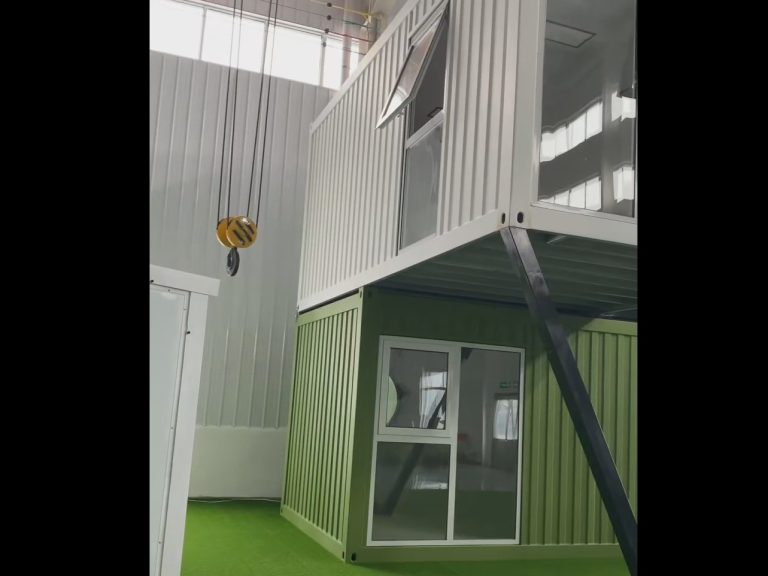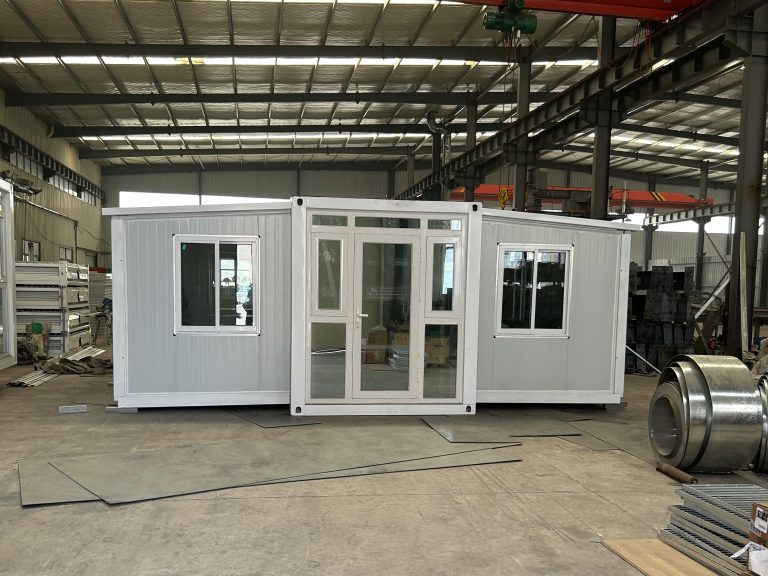Table of Contents
Benefits of Using Steel Structure in Housing Industrialization
Steel structure has become increasingly popular in the construction industry, particularly in the realm of housing industrialization and standardization. This practice involves the use of steel beams, columns, and other components to create a durable and efficient building structure. There are several benefits to using steel structure in this type of construction, which we will explore in this article.
One of the primary advantages of steel structure in housing industrialization is its strength and durability. Steel is a highly resilient material that can withstand extreme weather conditions, seismic activity, and other environmental factors. This makes it an ideal choice for buildings that need to be sturdy and long-lasting. Additionally, steel structures are resistant to pests, mold, and fire, further enhancing their durability and safety.
Another benefit of using steel structure in housing industrialization is its versatility. Steel can be easily customized to fit a wide range of architectural styles and design preferences. This flexibility allows for greater creativity and innovation in building design, resulting in unique and visually appealing structures. Additionally, steel structures can be easily modified or expanded in the future, making them a practical choice for evolving housing needs.
In addition to its strength and versatility, steel structure offers significant cost savings in housing industrialization. Steel components are prefabricated off-site, reducing construction time and labor costs. This streamlined construction process also minimizes waste and improves efficiency, resulting in lower overall project costs. Furthermore, steel structures require minimal maintenance and repairs over time, further reducing long-term expenses for homeowners and developers.
Steel structure also offers environmental benefits in housing industrialization. Steel is a recyclable material that can be reused multiple times without losing its strength or quality. This sustainability factor makes steel an eco-friendly choice for construction projects, reducing the demand for new raw materials and minimizing waste. Additionally, steel structures are energy-efficient, providing better insulation and reducing heating and cooling costs for homeowners.
The use of steel structure in housing industrialization also contributes to improved safety and quality standards. Steel components are manufactured to strict industry specifications, ensuring consistency and reliability in building construction. This adherence to standards results in buildings that meet or exceed regulatory requirements for structural integrity and safety. Additionally, steel structures are less susceptible to issues such as settling, warping, or rotting, providing a higher level of quality and longevity for homeowners.
Overall, the practice of steel structure in housing industrialization and standardization construction offers numerous benefits for developers, homeowners, and the environment. From its strength and durability to its cost savings and sustainability, steel structure is a versatile and practical choice for modern construction projects. By embracing steel as a building material, the construction industry can continue to innovate and improve the way we build homes for the future.
Implementing Standardization in Steel Structure Construction for Efficiency and Quality
Steel structure construction has become increasingly popular in the housing industry due to its efficiency, durability, and sustainability. The practice of using steel structures in housing industrialization and standardization construction has revolutionized the way buildings are designed and constructed. By implementing standardized processes and materials, builders can streamline the construction process, reduce costs, and improve the overall quality of the finished product.

One of the key benefits of using steel structures in housing construction is the speed at which buildings can be erected. Steel structures are prefabricated off-site and then assembled on-site, significantly reducing construction time compared to traditional building methods. This not only saves time but also reduces labor costs and minimizes disruptions to the surrounding environment.
In addition to speed, steel structures offer superior strength and durability. Steel is a highly resilient material that can withstand extreme weather conditions, seismic activity, and fire. This makes steel structures an ideal choice for buildings in areas prone to natural disasters or harsh climates. By using standardized steel components, builders can ensure that each structure is built to the highest quality standards, providing a safe and secure living environment for residents.
Standardization in steel structure construction also allows for greater design flexibility. With standardized components, builders can easily customize the layout and appearance of a building to meet the specific needs and preferences of their clients. This flexibility enables architects and designers to create unique and innovative structures that are both functional and aesthetically pleasing.
Furthermore, standardization in steel structure construction promotes sustainability and environmental responsibility. Steel is a recyclable material that can be reused indefinitely without losing its strength or quality. By using standardized steel components, builders can minimize waste and reduce the environmental impact of construction projects. Additionally, steel structures are energy-efficient and can be easily insulated to improve thermal performance, reducing energy consumption and lowering utility costs for residents.
Implementing standardization in steel structure construction requires careful planning and coordination among all stakeholders involved in the project. Builders must work closely with architects, engineers, suppliers, and contractors to ensure that all components meet the required standards and specifications. By establishing clear guidelines and protocols for construction, builders can ensure that each project is completed efficiently and to the highest quality standards.
In conclusion, the practice of using steel structures in housing industrialization and standardization construction offers numerous benefits for builders, developers, and residents alike. By implementing standardized processes and materials, builders can streamline the construction process, reduce costs, and improve the overall quality of the finished product. Steel structures are not only fast and durable but also flexible, sustainable, and energy-efficient. With careful planning and coordination, builders can successfully implement standardization in steel structure construction to create safe, secure, and environmentally responsible buildings for the future.







